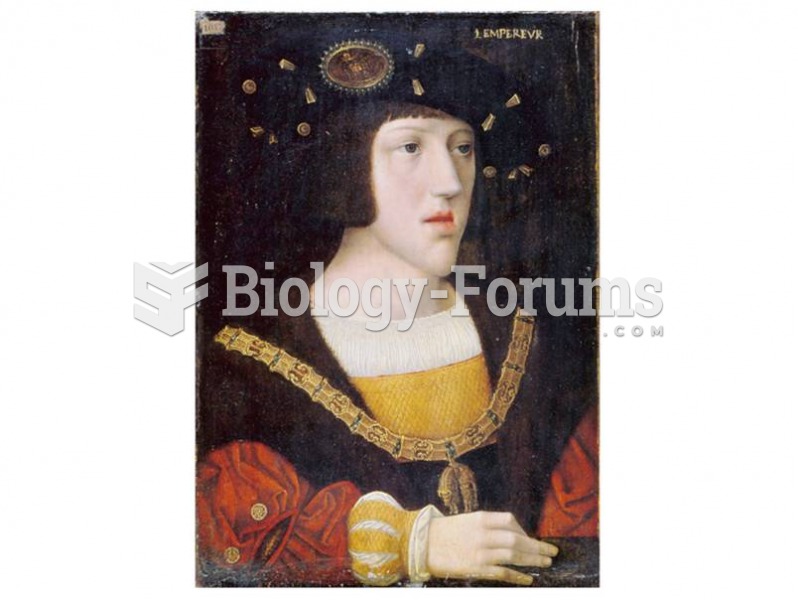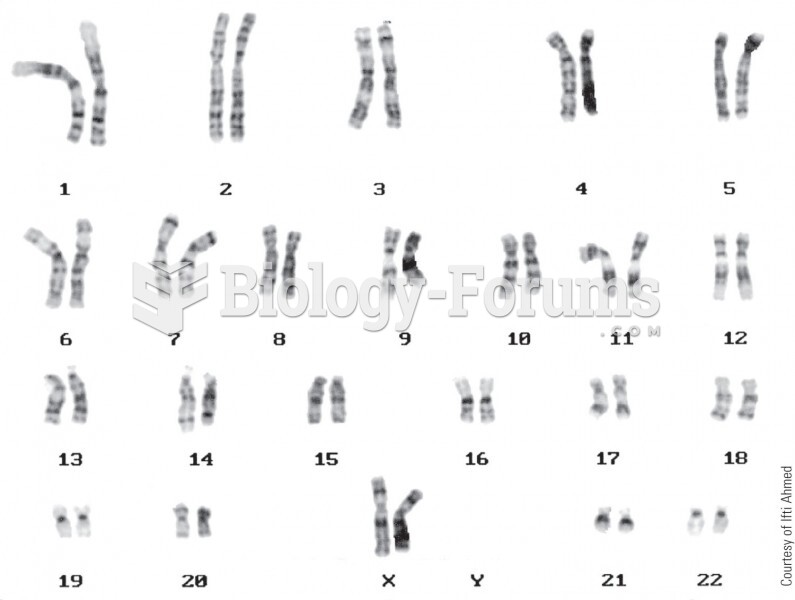|
|
|
More than 20 million Americans cite use of marijuana within the past 30 days, according to the National Survey on Drug Use and Health (NSDUH). More than 8 million admit to using it almost every day.
A headache when you wake up in the morning is indicative of sinusitis. Other symptoms of sinusitis can include fever, weakness, tiredness, a cough that may be more severe at night, and a runny nose or nasal congestion.
A seasonal flu vaccine is the best way to reduce the chances you will get seasonal influenza and spread it to others.
For pediatric patients, intravenous fluids are the most commonly cited products involved in medication errors that are reported to the USP.
Hip fractures are the most serious consequences of osteoporosis. The incidence of hip fractures increases with each decade among patients in their 60s to patients in their 90s for both women and men of all populations. Men and women older than 80 years of age show the highest incidence of hip fractures.
 King Charles V, Holy Roman Emperor and ruler of Spain from 1516-1556, possessed the distinctive Habs
King Charles V, Holy Roman Emperor and ruler of Spain from 1516-1556, possessed the distinctive Habs
 A society’s dominant ideologies are reinforced throughout the society, including its literature. ...
A society’s dominant ideologies are reinforced throughout the society, including its literature. ...





